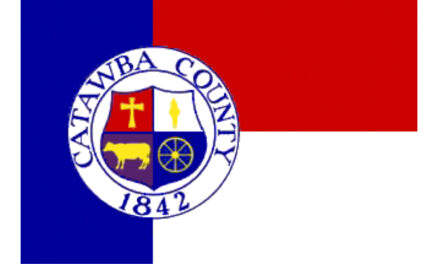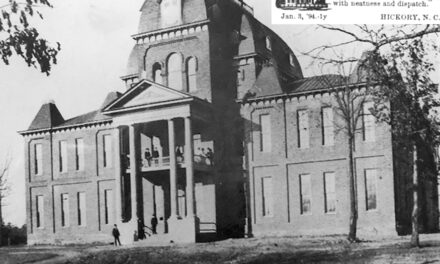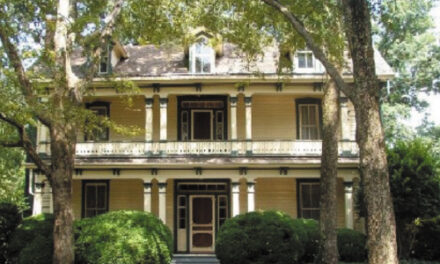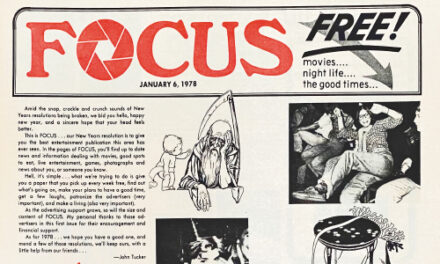
Note: The 120 birthday party was exceptional. If you didn’t make it, you missed a fun day. Sherrie Sigmon was there, signing copies of Weaving the Heart Threads of a Mill Village, Rhodhiss, North Carolina. She has one more story about the growth of the two-county town. – Richard Eller
Throughout the years Rhodhiss mills had various names: Rhodhiss Manufacturing, Rhodhiss Cotton Mills, E.A. Smith Manufacturing, Pacific Mills, and Burlington Industries. When the bigger companies, Pacific and Burlington, owned the plants, the workers, the community, and the world benefited.
Pacific Mills purchased the mills in 1945. Within three years they put $5 million into the town and mills. They added indoor plumbing and underpinning to the mill houses, and they built forty-two houses while roads were paved and named. Pacific updated equipment within the plants to run synthetics. Rhodhiss was the first plant to produce rayon for Pacific. Employees received vacation pay and health insurance. The mill village thrived under Pacific’s 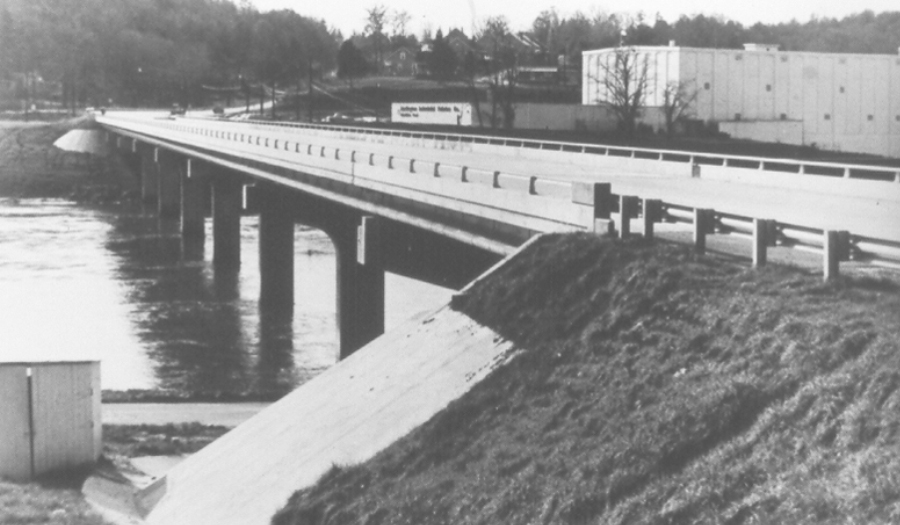 ownership. However, in 1954 Burlington, a huge textile conglomerate, acquired Pacific which was in the process of selling the mill houses. With Burlington’s arrival, the town started operating on its own. The mill company no longer paid the police or town clerk, nor did they supply the fire department. Until Burlington’s purchase the mill company owned the town. Slowly, Burlington eased the town into being its own entity. In 1960 a volunteer fire department formed, and the town clerk was no longer on the company payroll as Norma Kirby became the first clerk to be paid by the town. Similarly, in 1963 the town paid the salary of the police chief, R.A. Bowman, for the first time.
ownership. However, in 1954 Burlington, a huge textile conglomerate, acquired Pacific which was in the process of selling the mill houses. With Burlington’s arrival, the town started operating on its own. The mill company no longer paid the police or town clerk, nor did they supply the fire department. Until Burlington’s purchase the mill company owned the town. Slowly, Burlington eased the town into being its own entity. In 1960 a volunteer fire department formed, and the town clerk was no longer on the company payroll as Norma Kirby became the first clerk to be paid by the town. Similarly, in 1963 the town paid the salary of the police chief, R.A. Bowman, for the first time.
Plant Manager Bill Craven came to Rhodhiss during the transition of mill ownership to town independence. Craven, a man of innovative and compassionate ideas, started successful campaigns to clean up the town and implemented various sports teams (golf, bowling, softball, and basketball) to create camaraderie among employees. Hearing that Rhodhiss was not respected or valued, Craven wanted nearby merchants to see the source of their revenue. He and office manager, Tom Ross, obtained $66,000 in $2 bills from the bank. On payday they walked from machine to machine with Police Chief Doughton Beshears paying employees in $2 bills. When workers purchased products in nearby towns, the retailers noted that a lot of their revenue came from Rhodhiss. Bill Craven honored the employees by showing that no matter the job, all people have worth.
In 1964 the Burke plant became the Industrial Fabrics Division, and they wove aerospace material. The Burlington Look magazine states, “The first U.S. flag planted on the moon by American astronauts (in 1969) was made of fabric women in Rhodhiss.” Rhodhiss supplied many materials for the nose cones and heat shields for the Mercury, Gemini, and Apollo missions. Another Burlington Look article reads, “Woven from rayon yarn at Rhodhiss, the fabric was used to make a carbon and resin composite that protects the rocker booster system during liftoff, when temperatures from the rocket blast reach 6000 degrees F.” In 1995 NASA presented a plaque to the town thanking the workers for their contributions.
Rhodhiss produced synthetic fabrics long before other companies. Under the guidance of Burlington, the plant wove materials that “were out of this world” (Roy Whisnant quote).
Photo: The bridge that connects both sides of Rhodhiss, built in 1972. You cross it today when riding through.


